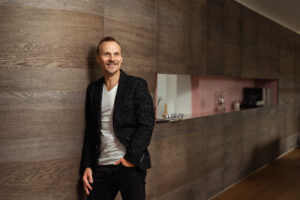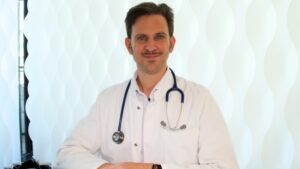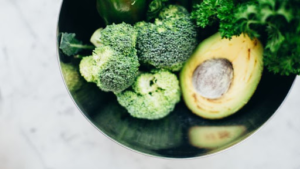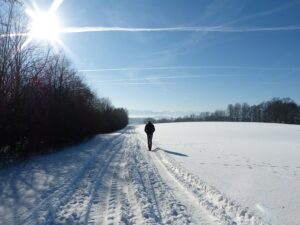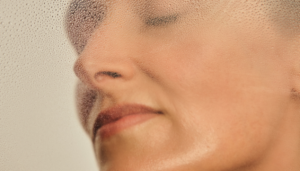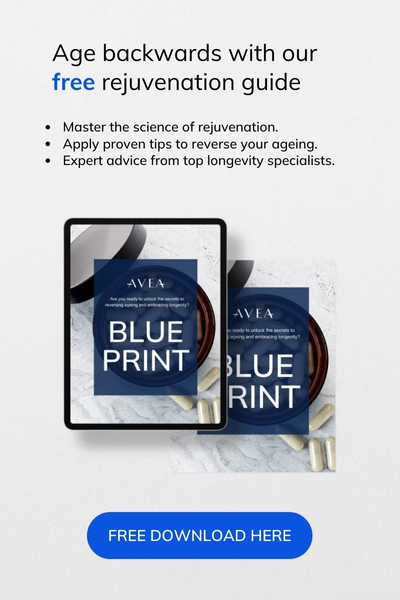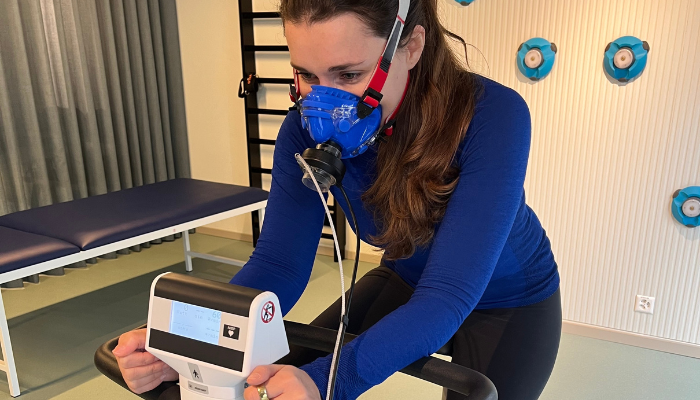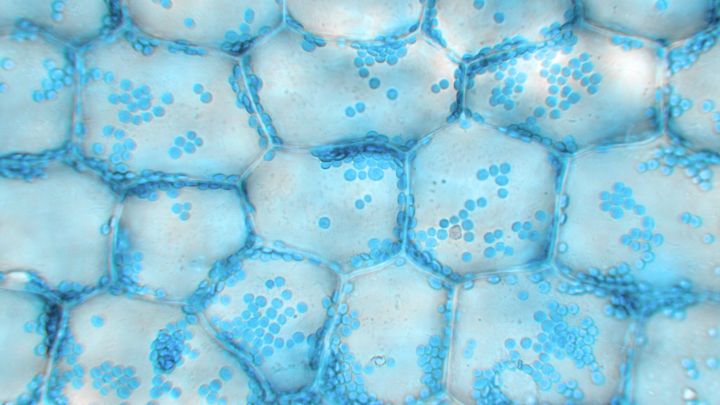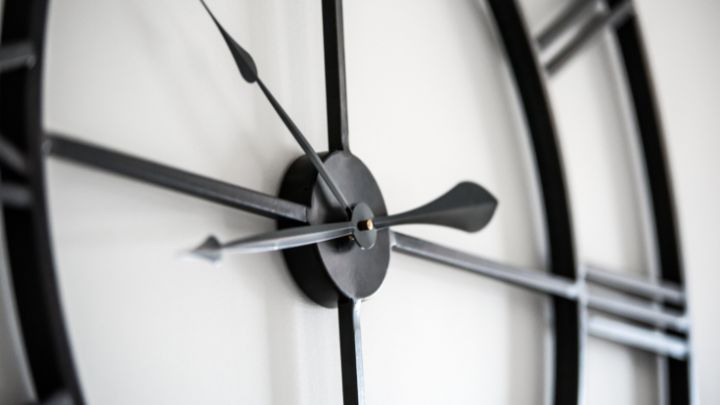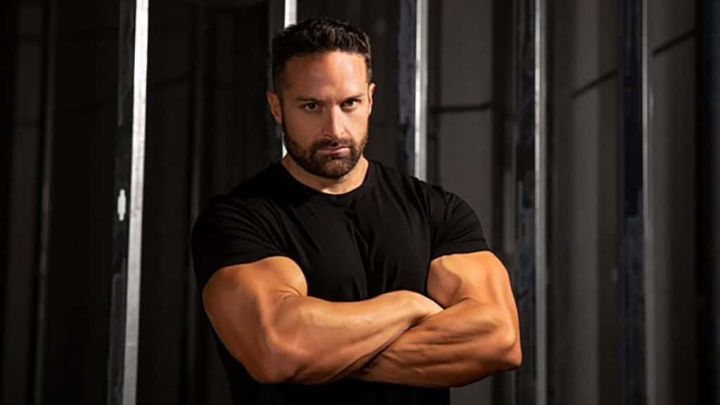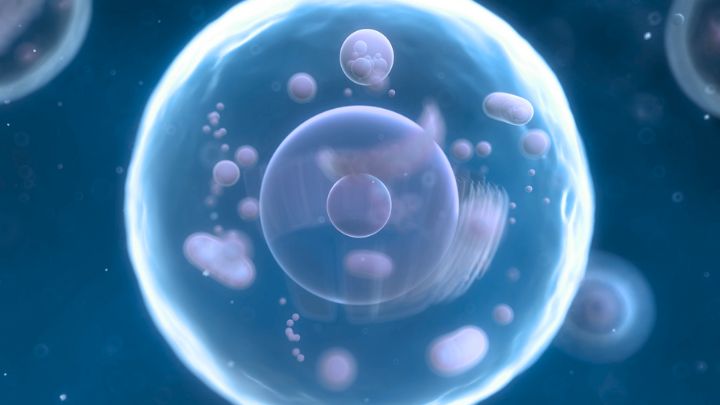Imagine a light, not just any light, but one that acts like a wellness spa for your cells, infusing them with energy for healing and rejuvenation – and it does all this without the harshness of UV rays. Intrigued?
Meet Red Light Therapy. This emerging anti-ageing phenomenon isn’t just about reducing fine lines and wrinkles; it’s also making waves in healing wounds and easing pain.
Turning red is no longer just a social media fad, but could be your secret weapon in the quest for eternal beauty and health. Time to set aside your blush and dive into the natural wonders of Red Light Therapy.
In this article
Free guide to reverse your biological age
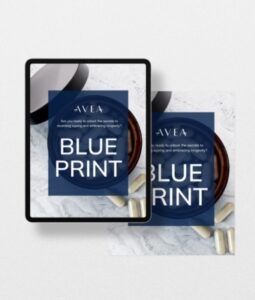
- Master the science of rejuvenation.
- Apply proven tips to turn back the clock.
- Transform your health with top longevity specialists.
What does Red Light Therapy do?
Imagine a technology that talks directly to your cells, giving them a gentle nudge to kickstart their natural healing and rejuvenating processes. That’s Red Light Therapy (RLT) in a nutshell.
RLT uses low-wavelength red light, a segment of the light spectrum known for its deep penetration and therapeutic properties.
This light interacts with mitochondria, your cell’s energy factories, prompting them to ramp up the production of adenosine triphosphate (ATP).
ATP is like high-octane fuel for your cells, powering various biological processes essential for repair and rejuvenation.
It’s similar to giving your cells a concentrated energy boost, a bit like a strong espresso shot for enhanced performance!
The history of Red Light Therapy
Red Light Therapy (RLT), or photobiomodulation as it’s technically known, has an origin story that’s as intriguing as its name.
The therapy’s discovery dates back to 1967 and can be credited to a happy accident by Endre Mester at the Semmelweis Medical University in Budapest, Hungary.
Mester observed that laser light not only promoted hair growth but also enhanced wound healing in rats, a finding that sparked interest and further investigation.
Over the years, RLT has been known by nearly 60 different names in scientific literature, reflecting its diverse applications and evolutions.
Some of these include low-level light therapy (LLLT), soft laser therapy, cold laser therapy, biostimulation, photonic stimulation, and low power laser therapy (LPLT).
Each name sheds light on a different aspect of RLT’s capabilities, from its gentle, non-invasive nature to its ability to stimulate biological processes.
The journey of RLT took a celestial turn in the 1990s, when it played a role in NASA’s space missions.
Scientists used light-emitting diode (LED) technology to promote photosynthesis for growing potatoes in space. Interestingly, this intense red light had an unexpected side effect – it appeared to accelerate wound healing on the scientists’ hands.
This discovery propelled RLT into the realm of space exploration, where researchers began studying its potential to address the challenges of muscle atrophy, slow wound healing, and bone density loss caused by the weightlessness experienced during space travel.
How does Red Light Therapy benefit the skin?
When it comes to skin health, RLT is a powerhouse. Its ability to stimulate collagen production is a game-changer.
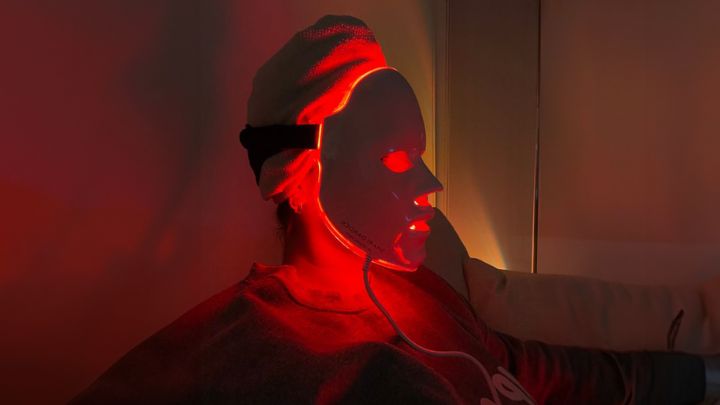
Collagen is the structural protein that gives your skin its elasticity and firmness. As we age, collagen production naturally declines, leading to wrinkles and fine lines.
RLT steps in to naturally rev up this collagen factory, thereby helping in the reduction of visible ageing signs. It also boosts fibroblast production – these are the cells responsible for synthesising collagen and other tissue fibres, crucial for skin repair and maintenance.
Red Light Therapy also enhances blood circulation between your blood and tissue cells, improving overall skin health.
For acne and scar treatment, RLT offers a dual benefit: it helps reduce inflammation and promote skin regeneration, smoothing out scars and calming acne flare-ups.
How does Red Light Therapy help with healing?
RLT’s benefits aren’t just skin-deep; they extend to healing and pain management.
The therapy accelerates wound healing by stimulating angiogenesis (the formation of new blood vessels) and increasing collagen production, essential for repairing damaged skin.
It also plays a significant role in reducing inflammation, a common culprit behind slow-healing wounds.
In terms of pain management, particularly in musculoskeletal disorders, RLT has shown promising results. It helps reduce inflammation and pain, enhancing the quality of life of those with chronic pain conditions.
RLT has also shown potential in stimulating hair growth, possibly by increasing blood flow to the scalp and stimulating the hair follicles, offering hope for conditions like androgenetic alopecia.
Red Light Therapy for beginners
Stepping into an RLT session might feel like you’re walking into a sci-fi movie, except it’s all very real and incredibly relaxing.
Expect a peaceful session where your skin basks in a soothing red glow. Typical sessions last between 10 and 20 minutes, during which you can simply unwind and let the light do its work.
Both personal and clinical settings offer RLT – from handheld devices for home use to full-body chambers in clinics.
User experiences often describe it as a calming, almost meditative time. But remember, it’s not a race to get the most red; moderation is key. Overdoing it isn’t the goal – after all, you’re not trying to achieve a tomato-red complexion!
Is Red Light Therapy safe?
While RLT is generally safe, it’s not a one-size-fits-all solution.
Side effects are rare, but can include temporary redness and irritation, especially for those with sensitive skin.
Different skin types might react differently, so it’s always wise to start slow and see how your skin responds.
Comparing professional treatments and at-home devices, remember: professional setups usually offer more controlled and potent experiences. If you’re thinking of a DIY approach, do your homework and don’t overdo it.
The market is flooded with various brands offering RLT devices. It’s essential to choose brands that prioritise science, providing well-researched instructions and evidence of their product’s effectiveness.
Opting for devices from companies with a strong scientific foundation ensures that you’re getting a product that has undergone rigorous testing and validation, ensuring both efficacy and safety.
We recommend checking out LuminousRed and their devices.
Avea’s skin care solution
Elevate your Red Light Therapy (RLT) experience with Avea’s Collagen Activator.
Developed in collaboration with ETH Zurich scientist, this supplement not only complements RLT’s skin rejuvenating effects but also enhances overall wellness.
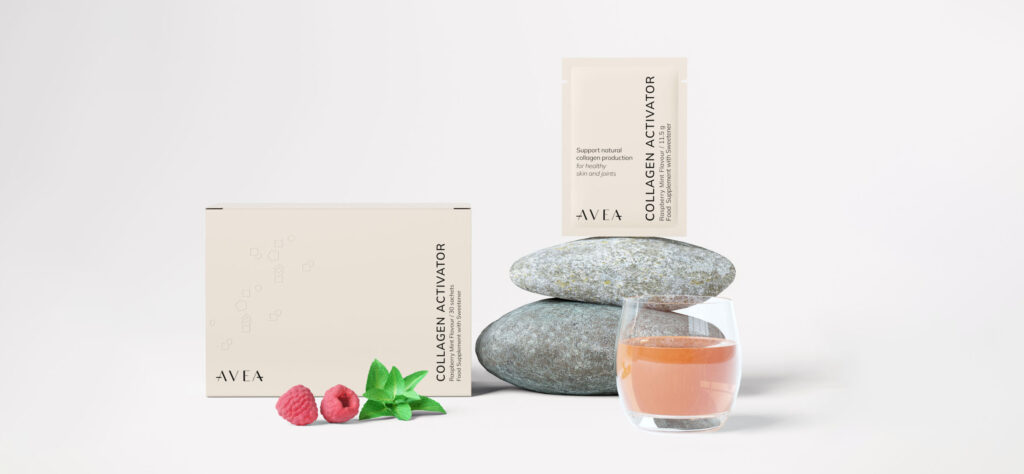
Key benefits and ingredients:
- Enhanced collagen production: Colgevity™, Avea’s unique blend of amino acids, significantly boosts collagen synthesis.
- Skin and joint health: Offers UV protection together with sunscreen, and supports cartilage growth.
- Calcium AKG: Helps in skin appearance and counters ageing signs.
- Acerola Cherry extract: Vitamin C-rich for collagen synthesis and immune support.
- Astaxanthin: One of the most powerful known antioxidant for skin protection and anti-ageing.
For more details on how Avea’s Collagen Activator can elevate your anti-ageing routine, visit our product page.
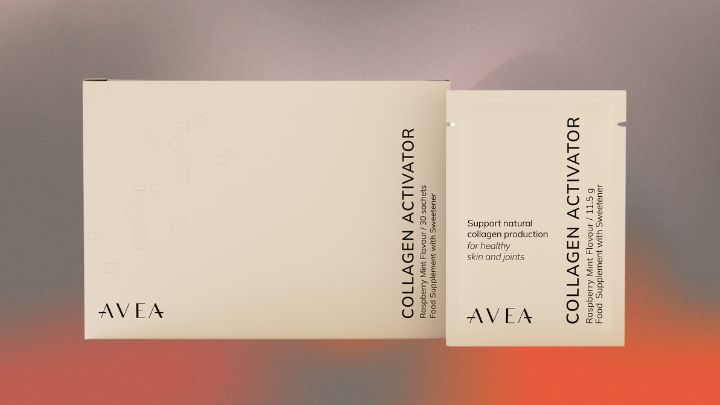
Does Red Light Therapy work?
Today, RLT is increasingly recognised in the field of dermatology, touted for its potential benefits in treating various skin conditions.
Yet, despite its promising applications, the scientific community continues to advocate for more comprehensive clinical research.
Besides its skin health and healing properties, here’s what current studies suggest about the benefits of RLT:
- In the short term, RLT has shown promise in alleviating symptoms of carpal tunnel syndrome.
- Some studies suggest that RLT can help slow down the progression of myopia.
- RLT has been found to be effective in reducing psoriasis lesions and healing burn scars.
- RLT can potentially reduce neuropathic pain, offering relief to those suffering from this condition.
- For those with Alzheimer’s disease, RLT may enhance cognition and memory by improving neural function and protection.
- People experiencing pain and inflammation in the Achilles tendons may find relief through RLT.
FAQs vs. Myths on Red Light Therapy
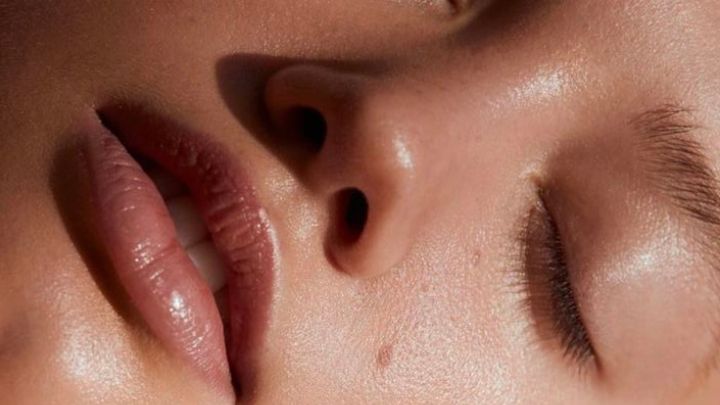
Q1: What is RLT good for?
RLT is celebrated for its skin rejuvenation properties, helping in collagen production and wrinkle reduction. It’s also used for wound healing, pain relief, improving hair growth, and even helping in the treatment of certain skin conditions.
Q2: Does RLT cause cancer?
Unlike UV radiation, RLT does not cause skin cancer. It uses low-wavelength, non-ionizing red light, which is considered safe and doesn’t have the harmful effects associated with UV light exposure.
Q3: Does RLT work for weight loss?
The verdict is still out on this one. While some studies suggest RLT might help in fat loss when combined with exercise, it’s not a standalone weight loss solution. More comprehensive research is needed in this area.
Q4: How to use RLT at home?
Using RLT at home involves LED devices like masks, panels, or wands. It’s important to follow the manufacturer’s instructions on duration and frequency. Start with shorter sessions and gradually increase as your skin adapts.
Q5: Is RLT bad for your eyes?
Direct exposure to intense light sources can be harmful to your eyes. While RLT is generally safe, it’s advisable to use protective eyewear, especially with high-intensity lights, to avoid any potential eye strain or damage.
Q6: Does RLT tan you?
No, RLT does not tan you. It does not use UV light, which is responsible for the skin’s tanning response. RLT is all about therapeutic benefits without the sun-kissed look.
Q7: How often can you do RLT?
The frequency can vary depending on the device and the condition being treated. Generally, for home devices, 3-4 times a week is a good start, with each session lasting around 10-20 minutes. It’s important not to overdo it – more is not always better with RLT.
Q8: Does RLT give you superhuman strength or X-ray vision?
As much as we’d love to say yes, RLT won’t turn you into a superhero. It’s fantastic for skin and health, but it won’t give you the ability to lift cars or see through walls. Sorry to disappoint the comic book fans out there!
Q9: Can RLT cure all types of skin and health issues?
While RLT has various benefits, it’s not a miracle cure. It’s effective for certain skin conditions, pain relief, and other specific health issues, but it’s not a one-stop-shop for all ailments. Always consult a professional for serious health concerns.
Q10: Is RLT a quick fix? Will I see results overnight?
Patience is a virtue, especially with RLT. It can offer significant benefits, but they typically don’t happen overnight. Consistent use over time is key to seeing results.
Q11: Are all red lights the same? Can I use any red light for therapy?
Not all red lights are created equal. RLT devices are designed to emit light at specific wavelengths, which are crucial for the therapy’s effectiveness. So, no, the red light from your holiday decorations won’t do the trick.
Q12: Is RLT safe for everyone?
RLT is generally safe, but there are exceptions. For example, people with certain medical conditions or those taking medications that increase light sensitivity should consult with a healthcare provider first.


